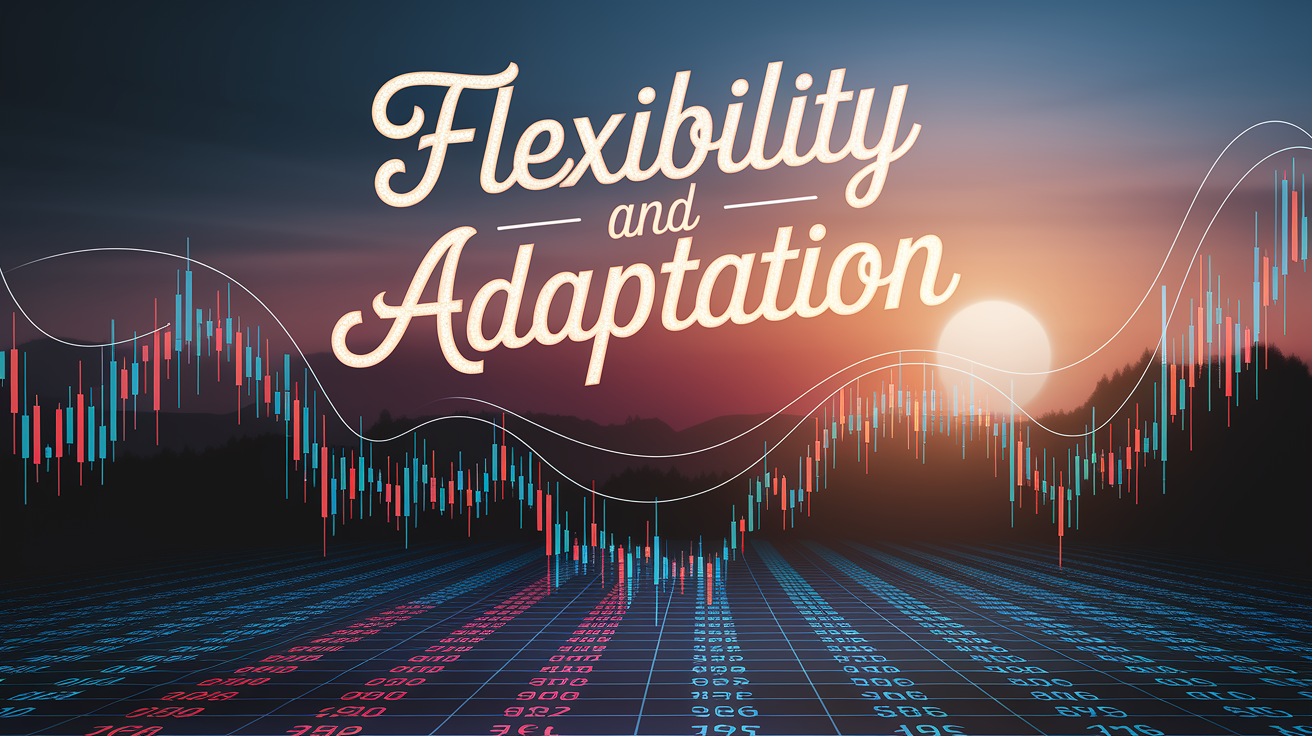Deciding on the right retirement planning is like choosing a trusted companion for retirement. ETFs and pension insurance offer different advantages and challenges. While ETFs shine in flexibility and potential returns, pension insurance provides security and reliable income. In this article, we shed light on the strengths and weaknesses of both approaches and help you find the optimal strategy for your financial future.
The Flexibility Dilemma: ETFs and Pension Insurance Under Examination

The choice between flexibility and security is a fundamental decision in retirement planning. A direct comparison between classic ETF savings plans and ETF pension insurance reveals that both models offer attractive possibilities while posing challenges at the same time. The ETF savings plan particularly shines due to its high adaptability. Users can modify the amount of their monthly contributions at any time or quickly access accumulated capital in case of emergency. This system is ideal for those who want to maintain an emergency option or whose income situation is subject to fluctuations. An additional advantage is the tax exemption in the form of an annual allowance of 1,000 euros on capital income, which is particularly appealing in the early decades of accumulation.
Even in terms of costs, ETF savings plans are advantageous as they do not incur insurance contract costs that could reduce savings. However, what is often overlooked is the fact that such a savings plan does not guarantee a lifelong pension. If market performance disappoints or capital is nearly exhausted at the end of life, the buyer faces a potentially precarious pension. The exact opposite is presented with ETF pension insurance, which guarantees a lifelong pension, an appealing safety net that for many cannot be purchased at the desired price. This guarantee effectively eliminates longevity risk and allows for a worry-free aging process. Additionally, tax benefits come into play: no advance taxes and tax-favored payments starting from the age of 62 give this option a particular charm.
However, these advantages also come with limitations. Flexibility is exchanged for stability; payment and withdrawal modalities are less flexible and often subject to rigid conditions. Higher management costs compared to an ETF savings plan can burden capital formation. However, it is important to note that both strategies offer solid pillars for retirement planning, based on individual priorities such as flexibility, security, and tax optimization. In the end, perhaps the best solution is a compromise, a combination of both types of investment, to ensure optimal protection in old age.
Security or Risk: Guarantees in Retirement Planning Compared

The question of guarantees in retirement planning is fundamentally important when planning financial protection in retirement. In the German model of three columns of retirement planning, characterized by legal pension insurance, company pensions, and private provisions, options such as ETFs (Exchange Traded Funds) and pension insurance play an important role. Both offer different approaches in terms of guarantees and risks, which must be understood in their fundamental aspects.
Pension insurance represents stability and guaranteed payments. It guarantees a lifelong pension that is not affected by the unpredictability of financial markets. This certainty in planning is an essential advantage as it protects against the so-called longevity risk – the risk that the accumulated capital may be exhausted with a lifespan exceeding expectations. Guaranteed minimum pensions or lump-sum capital payments provide a solid basis that gives stability regardless of market conditions. However, this safety margin often comes at the expense of returns, as gains are limited by coverages. However, modern pension insurance models offer elements that open opportunities for increased returns within fund-linked options.
In contrast, ETFs are characterized by flexibility and do not offer guarantees of returns or capital preservation. Their performance potential is directly linked to the underlying markets they represent. Historically, they have achieved impressive returns, with an average annual growth of about 7.5% in global equity funds over several decades. However, this prospect of high returns comes with a greater risk. Market fluctuations can lead to volatility and short-term losses, making them less attractive for investors who depend on short-term stability.
The decision between pension insurance and ETFs is significantly influenced by individual risk tolerance and investors’ financial goals. While pension insurance guarantees greater security and predictability, ETFs offer growth opportunities, it is essential to consider the higher risks. In the end, combining both approaches may provide the most optimal solution: the security of pension insurance combined with the growth potential of ETFs as part of a comprehensive retirement planning strategy. This balance could ensure balanced financial protection in old age while leaving room for growth, focusing on both stability and flexibility.